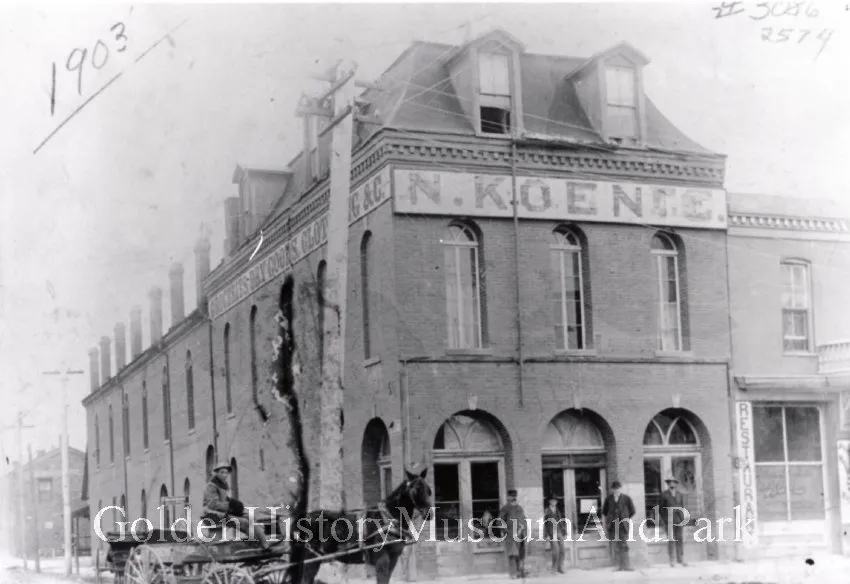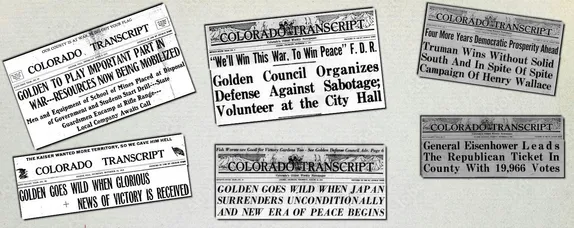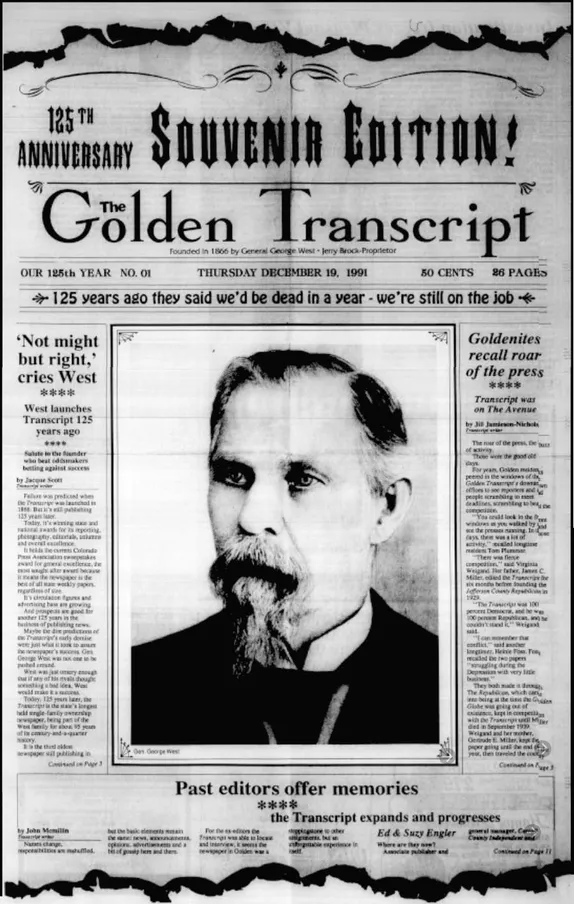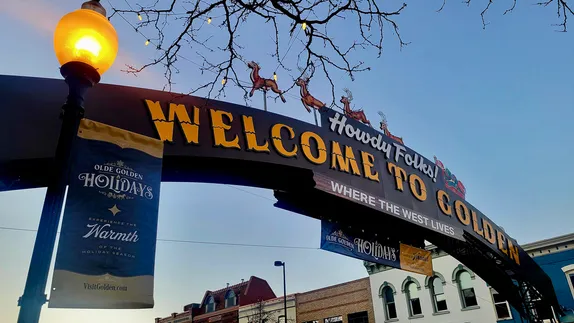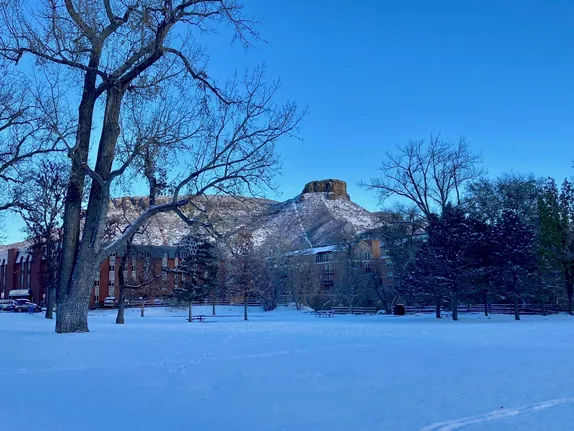ONLY 34 ARE UNEMPLOYED IN GOLDEN
Welfare body hunting jobs; clothing needed
One hundred and fifty-eight women and children are vitally interested in the success of the Golden Welfare association's campaign to "make a job for a man." These are the dependents of the 34 men who have registered as being out of employment in Golden and vicinity.
Colorado Transcript - November 19, 1931
93 Years Ago
The November 19, 1931 Colorado Transcript described Golden’s fledgling efforts to form a welfare association. The Great Depression, coupled with Prohibition, which had closed the Coors brewery, were having a profound effect on the Golden economy. Community leaders had recently resolved to collect donations of cash, food, and clothing to help needy families get through the winter. By early November they had received 4 applications for work (that didn’t yet exist) and were trying to decide where the “Central Headquarters” should be. Two weeks later they had worked out many of the details and learned that 34 men in the Golden area were needed jobs.
The December 10, 1931 Colorado Transcript announced the launch of a new Golden Welfare Fund. A recent survey had shown that many “heads of household” in Golden were unemployed, and that their families were deprived of food, clothing, and fuel. The new Welfare Fund was designed to accept donations of cash, clothing, and–if possible–food. The board members were encouraged by their initial canvass of the community. Many Golden teachers and employees at the School of Mines had pledged to donate a certain amount from their wages.
People were squeamish about the term “charity,” so the board was careful to explain that recipients had to work in order to receive relief funds. Women and children were exempt from the work requirement.
Most of the men did street work: a February 11, 1932 article reported that the Welfare Association was spending about $16 a day for labor. By that time, twenty blocks of city streets had been graveled. The crews were employed three days a week. The workers were paid with credit to local stores, rather than cash.
The Koenig Mercantile at 12th and Washington was providing a store room for donated clothing and food, and volunteer relief workers were there on most days to distribute the goods. The Red Cross was providing coal for needy families, and the Golden Relief Association was in charge of distributing it.
The relief program ended in the spring. Apparently, it was assumed that families could take of themselves during warm weather. The following November, a new funds drive was organized and the program was resumed.
Transcript references to the Golden Welfare Fund dwindled after Roosevelt was elected, as Federal Government programs began to provide government work and old age pensions.
Thank you to Wendy Weiman for sponsoring Golden History Moments for the month of November.

